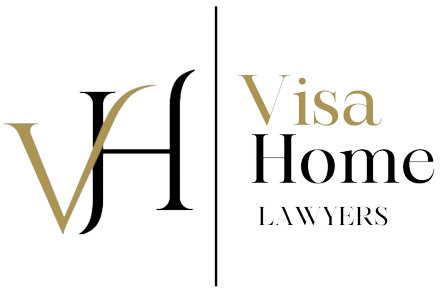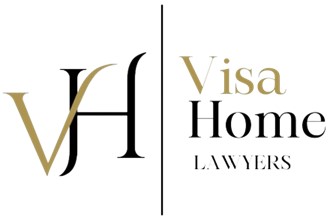The Australian government is implementing changes to the migration system to ensure that temporary skilled workers have a clear pathway to permanent residency (PR). These changes will affect the Temporary Skill Shortage (TSS) visa subclass 482 and the Temporary Residence Transition (TRT) stream of the Employer Nomination Scheme (ENS) subclass 186 and Regional Sponsored Migration Scheme (RSMS) subclass 187 visas. The expected commencement date for these changes is 25 November 2023, pending approval of regulation changes.
These changes are being made to address the issue of “permanently temporary” visa holders in Australia. The goal is to attract skilled workers needed by Australia by creating clear pathways to PR for all TSS visa streams. This initiative aims to provide more certainty to both employers and TSS visa holders, simplifying the nomination process in the process.
These changes represent the first step toward providing more equitable access to PR for all TSS visa holders. They come in response to the Outline of the Migration Strategy and the Review of the Migration System 2023, which highlighted the need for reforms to the skilled visa programs.
The changes will apply to new TSS visa applications lodged on or after 25 November 2023. Additionally, the TRT stream nomination requirements will apply to new ENS/RSMS nomination applications and applications pending final determination as of the same date.
It’s important to note that while these changes increase access to PR for temporary skilled workers, the overall migration program planning levels will remain unchanged.
Here are the key changes that will be implemented from 25 November 2023:
- Short-Term Stream TSS Visa Applications:
- Limits on the number of short-term stream TSS visa applications that can be lodged in Australia will be removed.
- Short-term stream TSS visa holders with visas expiring before the changes will need to travel outside Australia to lodge a third short-term stream TSS application.
- Nomination Requirements for TRT Stream of ENS and RSMS Visa Subclasses:
- Employers will be able to nominate holders of all TSS visa streams, including short-term and labor agreement streams. The nominated person must have held their TSS (or subclass 457) visa(s) for 2 out of the 3 years before nomination.
- The RSMS visa will remain restricted to transitional 457 workers and transitional 482 workers.
- Nominated occupations will no longer be assessed against skilled migration occupation lists but must be listed in the Australian and New Zealand Standard Classification of Occupations (ANZSCO).
- TSS visa holders will be required to have worked in a position with their sponsoring employer (or in the occupation for medical practitioners and certain executives) for 2 out of the 3 years before nomination.
- Visa Requirements for TRT Stream of ENS and RSMS Visa Subclasses:
- Changes will be made to age exemptions for regional medical practitioner applicants and high-income earning applicants aged 45 years and over to allow for a two-year pathway.
- COVID-19 related age exemptions that will become redundant due to the two-year pathway will be ended.
These changes are aimed at streamlining the visa application process, providing more flexibility for employers, and creating clearer pathways to permanent residency for temporary skilled workers.


